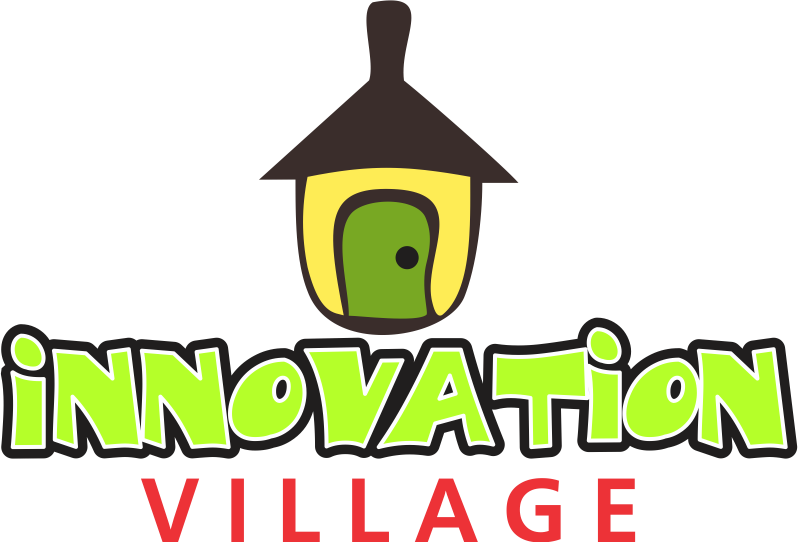Nokia has outlined a sweeping new strategy aimed at positioning the company at the forefront of AI-driven connectivity, as the industry enters what it calls the “AI supercycle.” The announcements were made during its Capital Markets Day 2025, where the company introduced a streamlined operating model, refreshed long-term financial targets, and significant leadership changes.
Central to the strategy is a simplified structure built around two core business segments — Network Infrastructure and Mobile Infrastructure — supported by a new Portfolio Businesses unit. Nokia aims to grow its annual comparable operating profit to EUR 2.7–3.2 billion by 2028.
“Connecting intelligence”: Nokia shifts toward AI-native networks
Nokia CEO Justin Hotard emphasized the company’s ambition to lead the next evolution of global connectivity.
“Nokia changed the world once by connecting people — and will again by connecting intelligence… our technology is powering the AI supercycle,”
— Justin Hotard, President and CEO
The refreshed strategy focuses on five priorities:
- Accelerating adoption of AI and cloud technologies
- Leading the next phase of mobile connectivity through AI-native networks and 6G
- Deepening co-innovation with customers and partners
- Prioritizing capital investment where Nokia can stand out
- Unlocking stronger, more sustainable returns
New segment structure effective January 2026
Under the new operating model:
- Network Infrastructure, led by David Heard, will oversee Optical Networks, IP Networks, and Fixed Networks — all critical to the global build-out of AI-optimized data center and cloud ecosystems.
- Mobile Infrastructure, led on an interim basis by Hotard, will integrate Core Software, Radio Networks, and Technology Standards, with a focus on AI-native mobile systems and future 6G leadership.
A newly created Portfolio Businesses segment will house units such as Fixed Wireless Access CPE, Enterprise Campus Edge, Site Implementation and Outside Plant, and Microwave Radio, as Nokia evaluates their long-term strategic direction.
Nokia is also launching a dedicated Defense unit to build next-generation, defense-grade communication solutions.
Leadership reshuffling to support the transition
Key leadership updates include:
- Raghav Sahgal, newly appointed Chief Customer Officer
- Patrik Hammarén, continuing as President, Technology Standards
- Tommi Uitto, stepping down from the Group Leadership Team at the end of 2025
Updated financial targets and KPIs
Nokia’s new goals reflect its focus on efficiency, scalability, and long-term growth:
- 6–8% CAGR net sales growth for Network Infrastructure (2025–2028)
- 13–17% Network Infrastructure operating margin
- 48–50% Mobile Infrastructure gross margin
- 65–75% free cash flow conversion
The company will begin reporting under the new structure from Q1 2026, with recast financials for 2024 and 2025 to be released in early 2026.
Provisional figures show:
- Network Infrastructure: EUR 7.8B sales, EUR 0.8B operating profit
- Mobile Infrastructure: EUR 11.6B sales, EUR 1.5B operating profit
- Portfolio Businesses: EUR 0.9B sales, EUR 0.1B operating loss
These include proforma adjustments from its recent Infinera acquisition.
Positioning for the AI-first connectivity era
By realigning its structure and investing heavily in AI-native infrastructure, Nokia aims to reclaim leadership in an industry undergoing rapid transformation — driven by cloud expansion, emerging AI workloads, and the coming wave of 6G innovation.


